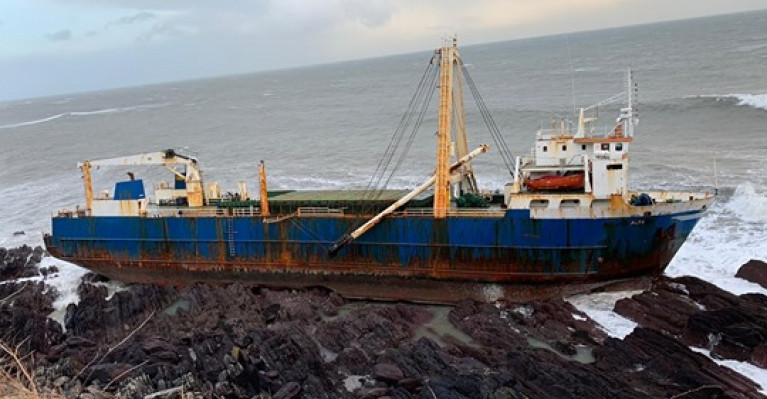Displaying items by tag: fuel
Fuel In Small Amount But No Cargo on Abandoned Ship
Fuel in small amounts has been found in tanks belonging to the grounded cargo ship, MV Alta, but there is no cargo on board.
That is according to an initial report by marine contractors who boarded the vessel at low tide this morning.
It followed a request from Cork County Council and the Irish Coast Guard.
The 80-metre vessel ran aground west of Ballycotton, Co Cork during Storm Dennis on Sunday.
It had been drifting in the Atlantic for more than a year after it was abandoned by its crew.
RTE News has more here to report on the grounding.
Kelly to Give Keynote Address at Wind Energy Conference
Mr Kelly is a keen supporter of wind energy and through his presence on the key Energy Committee in the European Parliament, has called for Ireland to generate more electricity from this resource in order to become less dependent on imported fossil fuels and eventually export power to lucrative EU markets.
The IWEA's Annual Conference takes place over the 24th-25th March 2011 at the Four Season's Hotel, Dublin.
























